August 17, 2025 | 13:16 GMT +7
August 17, 2025 | 13:16 GMT +7
Hotline: 0913.378.918
August 17, 2025 | 13:16 GMT +7
Hotline: 0913.378.918
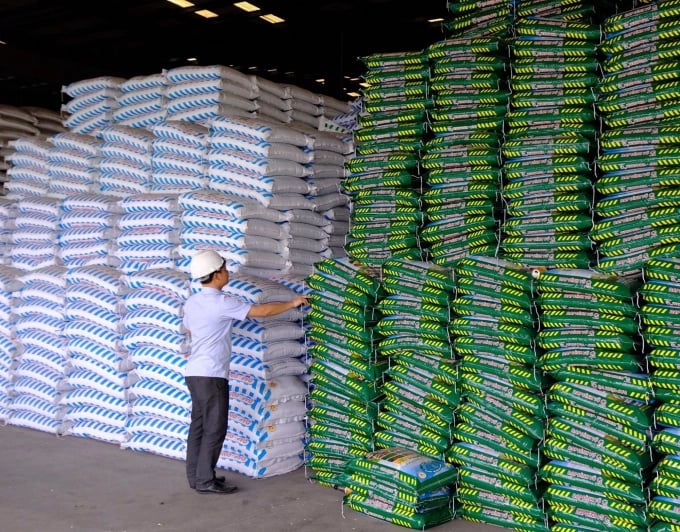
The current capacity of local three DAP factories can meet about 80 per cent of the total annual DAP demand of Vietnam. Photo: DDV.
Because of the rumor, the current prices of the fertilizer that is popular used in Viet Nam has increased nearly double, making trouble for the local growers.
While current prices of local product is being sold from VND9.2 million (US$400) to VND9.7 million ($421) or lower at the producers the price of imported product is increasing sharply to VND15 million ($652) to VND16 million ($695).
FAV representative announced the demand for DAP fertilizer in the country ranges from 800,000 to 1 million tonnes year with the local and imported supplies while three local producers can make 810,000 tonnes per year.
In terms of domestic production capacity, the current total designed capacity of domestic DAP factories are of 810,000 tonnes per year. In which, DAP Vinachem Joint Stock Company or DAP Dinh Vu is of 330,000 tonnes per year, DAP Joint Stock Company No. 2 Vinachem or DAP Lao Cai is of 330,000 tonnes per year and Duc Giang Chemical Joint Stock Company or DAP Duc Giang is of 150,000 tonnes per year.
Due to the oversupply of the product last year, DAP Dinh Vu and DAP Lao Cai factories did not run at full capacity and in order to reduce inventoriesthey must find markets to export.
DAP Dinh Vu’s leaders announced their factory produced more than 46,000 tonnes of the product, an increase of 162.6 per cent over the same term last year while DAP Lao Cai also reported a similar growth rate.
DAP Dinh Vu’s leaders said they will continue to maintain production with high output in March and April, producing from 24,000 to 26,000 tonnes each month. Together with the output of DAP Lao Cai and DAP Duc Giang, the domestic production supply will remain at between 48,000 and 50,000 tonnes every month.
At the same time, surveys in some key areas of the Mekong Delta show that demand for the fertilizer does not increase compared to other years, said the insiders, adding it is not yet mentioned the current COVID-19 pandemic caused long-term demand to continue to decline.
According to experts in the field, information saying “DAP fertilizer is scarce” is not totally accurate.
Difficulties could be due to the fact that the pandemic has caused difficulty in means of transport and higher freight rates, making the fertilizer supply chain partially interrupted at some point.
The sudden increase in prices of the main materials for DAP production known as sulfur and ammonia also added to the difficulties. From November 2020 to February 2021, the price of sulfur has increased more than twice from US$95 per tonne to $208 while price of ammonia increased 31.4 per cent. With the higher prices, DAP production cost increased VND1,509 million ($65) per tonne.
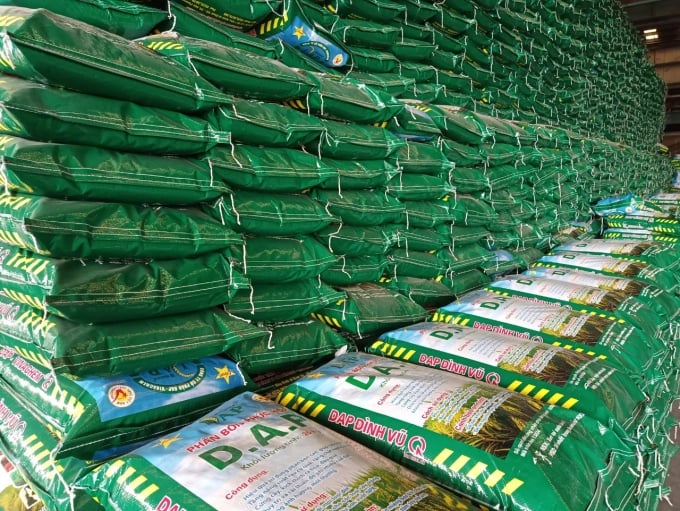
As the supply of DAP fertilizer in the country is plentiful, the reason for the scarcity leading to the rising price is a sign of hoarding and blowing prices. Photo: DDV.
To stablise the market, according to Dinh Vu factory’s leaders, they only added VND900,000 for each tonne to the price sold in the local market, affirming that the enterprise has actively regulated enough sources of goods for the agency's distribution system, saying the higher prices is only in the short term
Current price of Chinese DAP products imported through Lao Cai border gate ranges from $350 to $375 per tonnes, plusing the reasonable consumption costs, the retail prices to farmers should hardly exceed VND12 million ($521) per tonne. At the same time, Nong nghiep (Agriculture)’s reporter witness most of the imported product is sold at VND15 million ($652) to VND 16 million ($695) per tonne.
Though FAV see the higher input cost not only rise the local DAP fertilizer price but also make the prices in other countries to grow sharply, they considered: “The price spiked in Vietnam need to be fully questioned.”
Experts of the industry consider: “It is not excluding the fact that some distribtors could have taken the advantage of the rising world fertilizer prices to hoard about the prices, speculating the products to push prices up.
Translated by Bich Huong
/2025/08/16/0039-0-nongnghiep-080034.jpg)
(VAN) In addition to maintaining and developing the U.S. market, Vietnam's wood industry is accelerating exports to other potential markets through participation in international trade fairs.
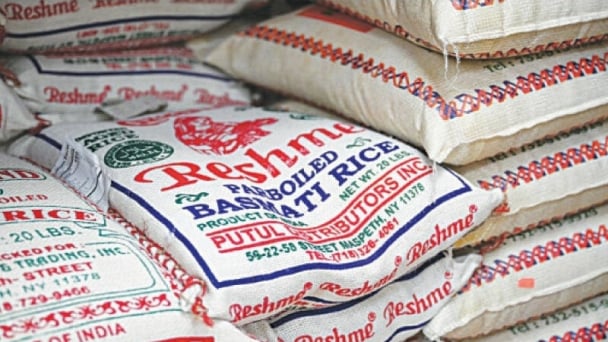
(VAN) The 50% tariff imposed by the Trump administration on Indian goods has reshaped trade flows in the United States, providing Pakistan an opportunity to expand its share in the American aromatic rice market.
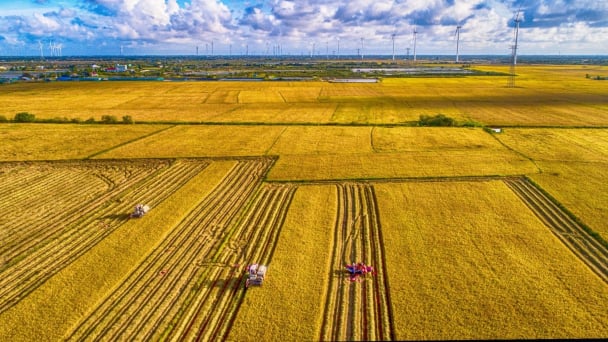
(VAN) However, to maintain its position, Vietnam’s rice industry still needs to address existing bottlenecks, meet increasingly stringent quality standards, and develop strategies to diversify its markets.
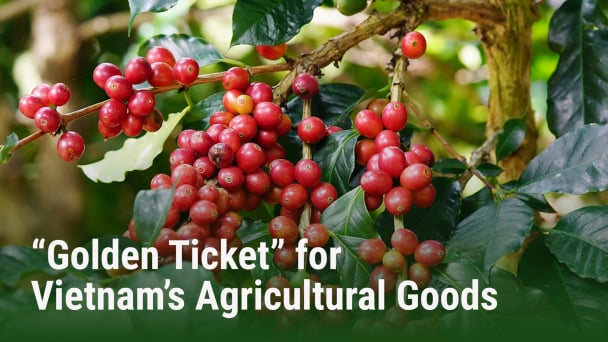
(VAN) Although Vietnamese agricultural products have grown strongly in recent years, they still account for only 2% of the market share in the EU.
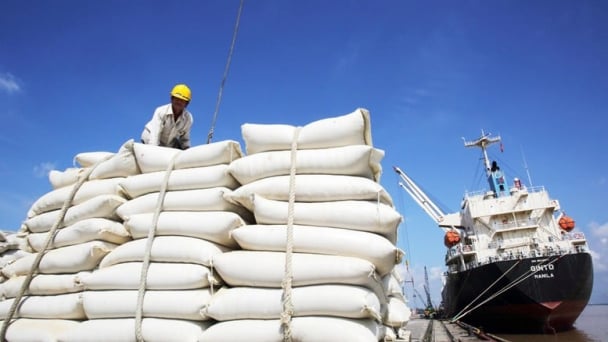
(VAN) To streamline trade, the Ministry of Agriculture and Environment will collaborate with other ministries to develop a new legal framework that minimizes administrative procedures for exporting AFF products.
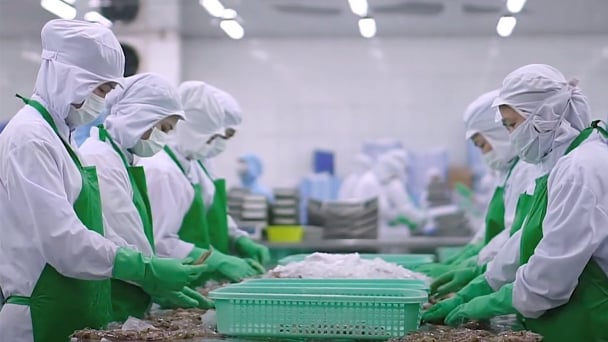
(VAN) Reciprocal tariffs will pose major challenges for seafood exports at the end of this year. The sector needs raw material bottlenecks removed to boost exports.
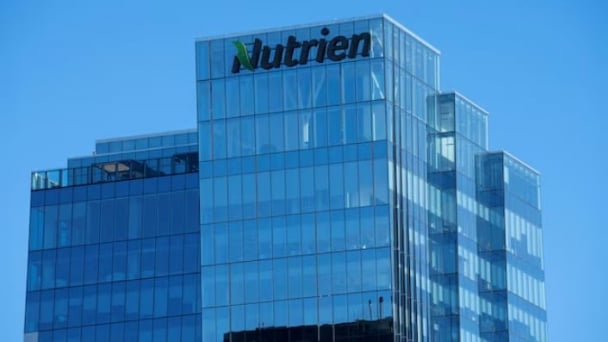
(VAN) World's top potash producer, expects increased fertilizer use by North American farmers this autumn and a healthy global potash market in 2026 despite some crop prices being at multi-year lows, company executives said.